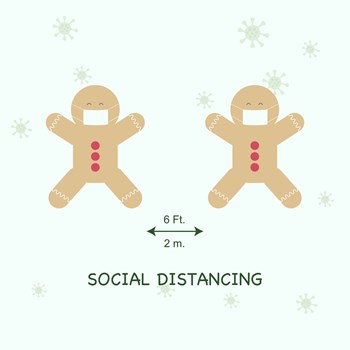
For many buyers, a key factor in deciding to purchase a home in a residential community rather than opt for private, single-family ownership is often the appeal of amenities that come with condo, co-op, and HOA living—pools, gyms, clubhouses for social activities, and even on-premises restaurants and retail shops being only a small sample. Suburban and 55+ or ‘active adult’ communities often go even further, with full-time social activity directors on staff to organize planned outings, creative workshops, lecture series, and more. In many communities, there’s never a dull moment.
Thanks to the unwelcome arrival of COVID-19, however, this sought-after lifestyle is now in a time of transition. The virus is insidious and spreads with relative ease from person to person, often without the least bit of warning from many who appear asymptomatic. This reality has made casual contact with one’s neighbors more of a threat than a pleasure, and has brought us to an intersection in a Venn diagram where we have to balance social programming with social distancing to keep both ourselves and our neighbors safe.
Now, as communities both vertical and horizontal are trying to reopen facilities like pools, clubhouses, gyms, theaters, and the like after months of mandatory shutdown, many are facing a new surge in the pandemic, and must develop a plan to keep residents both active and safe.
At a Crossroads
Amy Gallogly is the corporate operations director for WTS International, a Rockville, Maryland-based lifestyle and amenities management firm that manages such activity-minded properties throughout the east coast of the United States. “It’s been very ironic,” says Gallogly, “in that lifestyle directors are normally tasked with bringing people together—and now they literally have to keep people apart. This has posed a very big challenge for management. Very early on in the pandemic, we started to see our various sites making adaptations to their activity calendars as the country started to shut down. This included closing pools, fitness centers, and kids’ clubs, and canceling traditional celebrations like St. Patrick’s Day and Easter festivities. We quickly sought out candid feedback from our directors from all regions on weekly Zoom calls to discuss what was happening in their world. This simple move has been a lifesaver for our operations team. For instance, managers shared tips on what vendors had gym wipes or sanitizer in stock, along with best practices for programming at 55+, mixed-aged, resort, and high-rise properties.”
Lynne Edwards, also with WTS, is a lifestyle director at Four Seasons at Monmouth Woods, in Howell, New Jersey. She adds that “networking and idea-sharing between lifestyle directors are becoming more and more important than ever before. Weekly Zoom calls have become very productive and important, as social distancing will continue to be the way of life for a while. One great positive with virtual programming is that lifestyle directors can now combine programs where multiple communities can participate together in one event.”
The Evolution of Bingo Night
Management and lifestyle staff have had to be quick on their feet since the COVID-19 crisis began. Balancing safety and activity was also a matter of balancing sanity. Much has been written and discussed regarding the toll that the social isolation of quarantine has taken on community cohesion and individual mental health—particularly in demographics that thrive on social interaction.
“I have been so impressed by the flexibility and ingenuity the lifestyle professionals continue to show,” says Gallogly. “It’s really been remarkable how quickly they have been able to adapt. Social events like ‘Wine-Down’ Wednesdays, the annual Cinco de Mayo celebrations, and ‘summer kick-offs’ have taken place in driveways and clubhouse parking lots all over during the [spring and summer]. In some of our 55+ communities, we offer a live stream of bingo night, weekly happy hours, and even chef demonstrations.”
“Philanthropic events have been another way to connect in 55+ communities,” says Edwards. “Partnering with the local food pantries and food banks, working with the local United Way, has really helped to keep the community spirit alive. Many of the clubs and groups like ladies’ and men’s lunch groups, book clubs, wine tasting, guitar club, etc. have been able to meet outside, weather permitting, while social distancing. This has also helped to maintain social connections safely. Block parties are popular as well, where everyone sets up their own tables, chairs, food, and music at the end of their driveways and socialize from a distance with their neighbors.”
“These activities keep the community connected and engaged while safely socially distancing,” adds Gallogly. “Some of the popular card games traditionally held in person are now being offered virtually, along with kids programming like karate and ballet. We leveraged various social media platforms and web-based sites to hold dance contests, talent shows, and weekly ‘parent-and-me’ story time.”
New Approaches
Gallogly explains that nature-related programming had a resurgence of sorts over the summer months. They organized activities like geocaching in the Catskills region and rocket building in some of their mixed-age communities in the Florida market. In New Jersey and Nevada, virtual group exercise classes and personal training have become the norm, and can be both streamed live or pre-recorded and replayed when it’s convenient for each resident.
Edwards reports that ‘Paint & Sips’ have also been very popular. To participate, residents purchase a basic painting kit online and pick it up at the store or have it delivered and join the class virtually via Zoom or Facebook Live. Movies outdoors on community lawns or in parking lots have been another popular event where everyone comes with their chairs, beverages, and food. Spaces are marked out six feet apart to be socially distant and watch the movies safely. They also offered a mixology happy hour in Arlington, Texas, recently, where residents purchased a drink-making kit from a local bar, which was delivered to their home. Participants then joined the scheduled Zoom meeting to watch the mixologist instructor live to learn how to make the craft cocktails. After the drinks were made, the residents logged into a private group for a resident-only happy hour to socialize with friends and neighbors and enjoy the fruits of their labor.
The Unique Circumstances of Active Adult Communities
According to Gallogly, “We have found that our populations are really split with their level of concern for COVID-19, which has made it very difficult to navigate our various lifestyle programming at each site. The sweet spot for 55+ sites seems to be having options for our residents that will complement their level of concern. For example, we may secure a local restaurant or food truck to come out on Thursday evenings. Instead of advertising a set timeframe for them to participate on a first-come, first-served basis, we may offer ten-minute windows that residents can pre-register for to accommodate those households that don’t want to be faced with the possibility of socializing. The second half of the timeframe would be open for walk-ups for those who may want to say hello to a neighbor and don’t mind waiting in line six feet apart.”
Clearly, for the time being, social programming will remain a challenge for residents of co-op, condo, and HOA communities. With certainty, though, both social programming staff and the participating residents will continue to seek out alternatives and adaptations to satisfy their need for interaction and to live in a socially rewarding environment. This virus may be tough, but we’re tougher.
AJ Sidransky is a staff writer/reporter for CooperatorNews, and a published novelist.



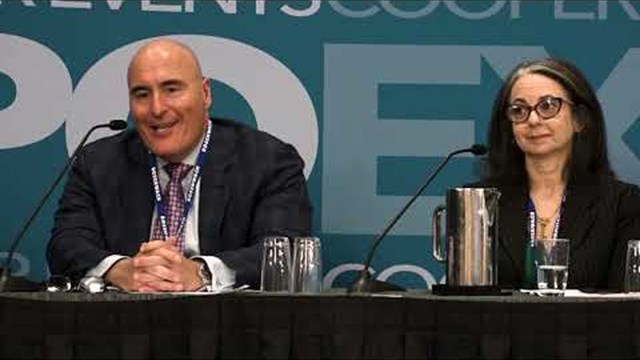

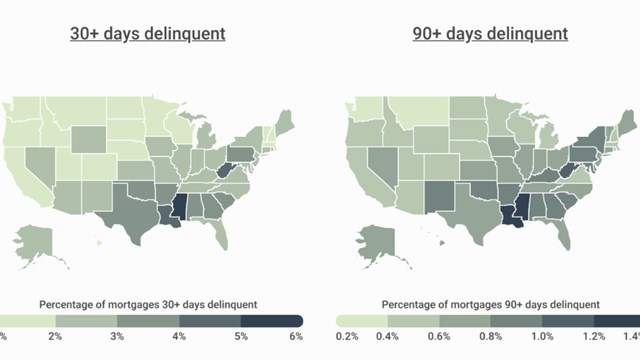
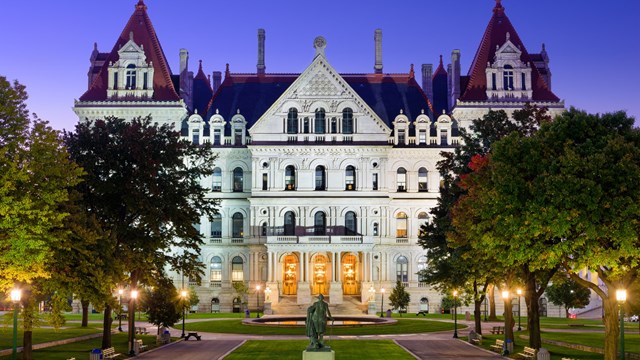
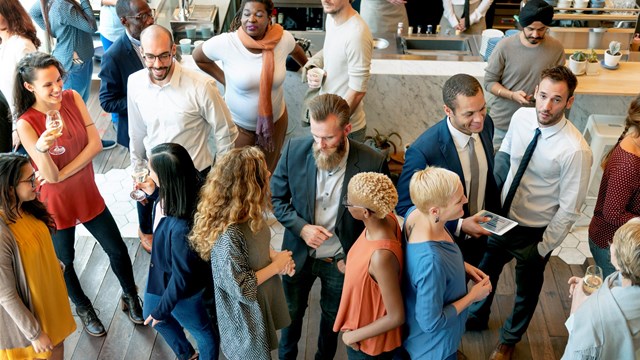

Leave a Comment